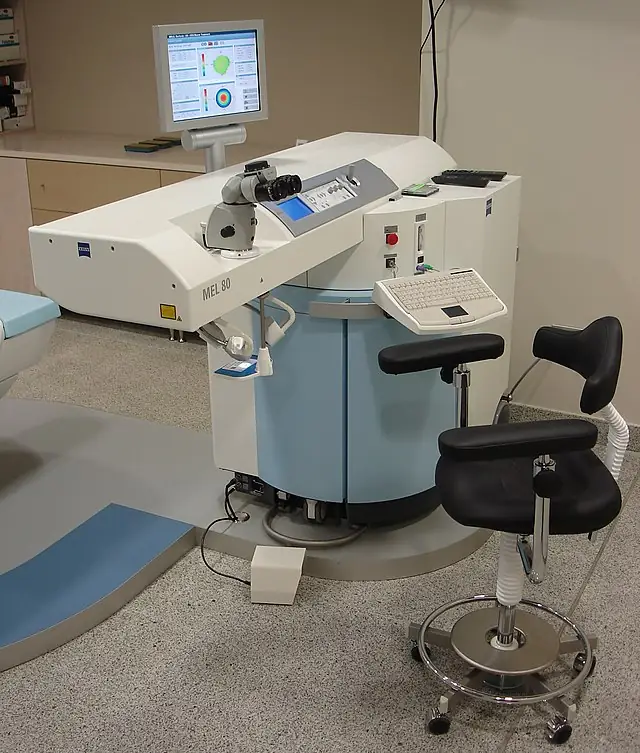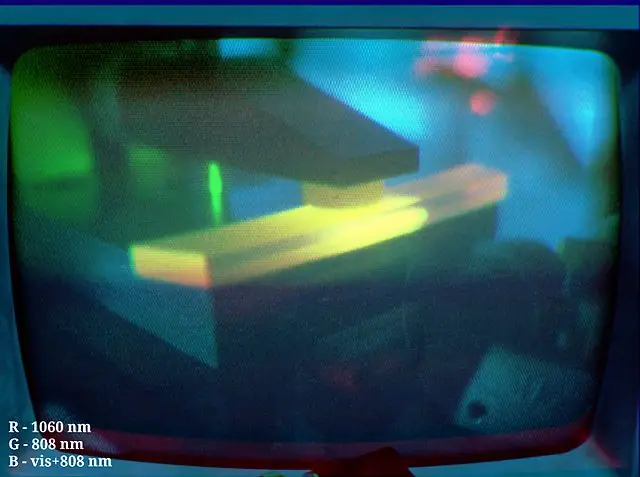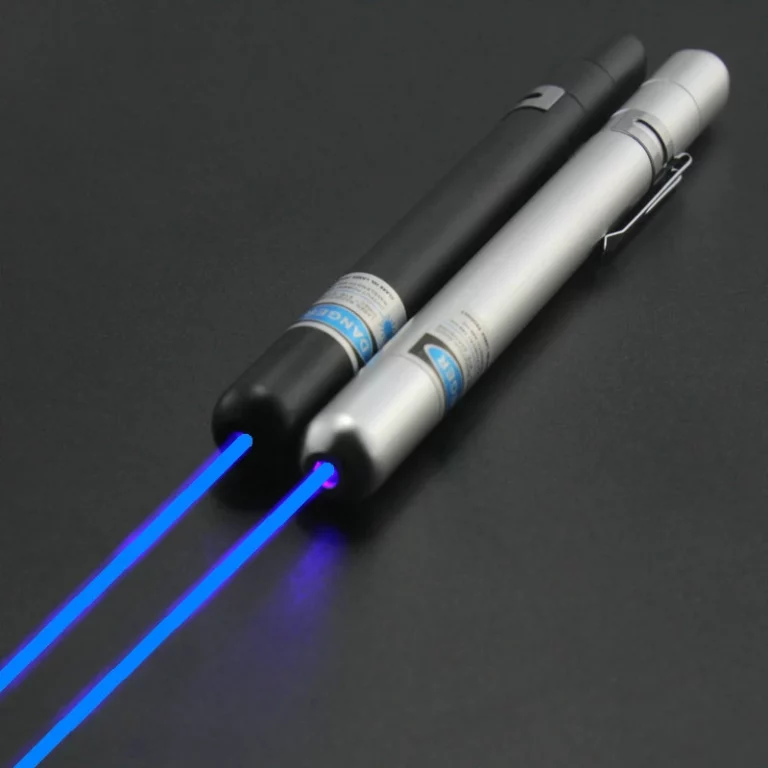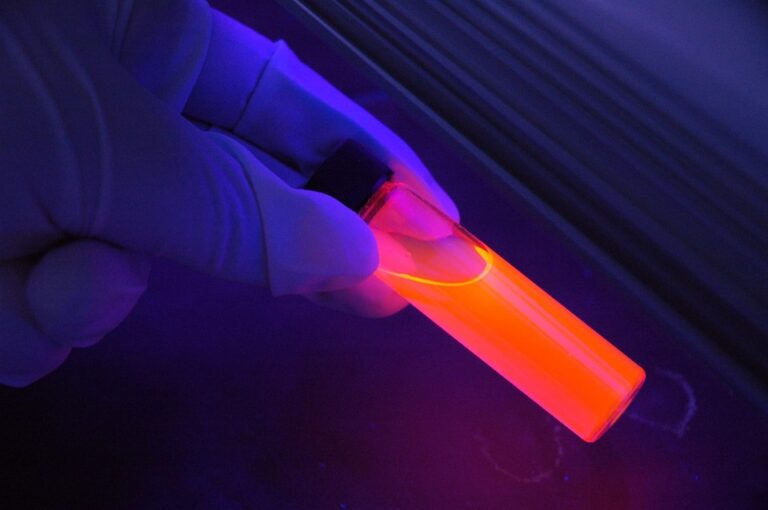What Is An Excimer Laser?
The science and applications behind excimer lasers, exploring what makes them special and how they are utilized in various fields.
UV (ultraviolet) refers to a type of electromagnetic radiation with a shorter wavelength than visible light, and is commonly associated with sunburn, tanning, and the use of UV lamps for various purposes.

The science and applications behind excimer lasers, exploring what makes them special and how they are utilized in various fields.

One type of laser that has gained significant attention is the ultraviolet diode-pumped solid-state (UV DPSS) laser. This technology harnesses the power of ultraviolet light and combines it with the efficiency and compactness of DPSS systems, making it a versatile and powerful solution for a wide range of applications.

Many people are unaware of the dangers that these devices can pose, particularly when it comes to 405nm lasers. Let’s settle this question once and for all: Are 405nm lasers dangerous?

405nm lasers are a type of near ultraviolet (UV) laser that can be used to excite fluorescence in a wide range of molecules. When this type of laser light is shone on certain materials, they will emit light at a different wavelength in a process known as fluorescence.
End of content
End of content